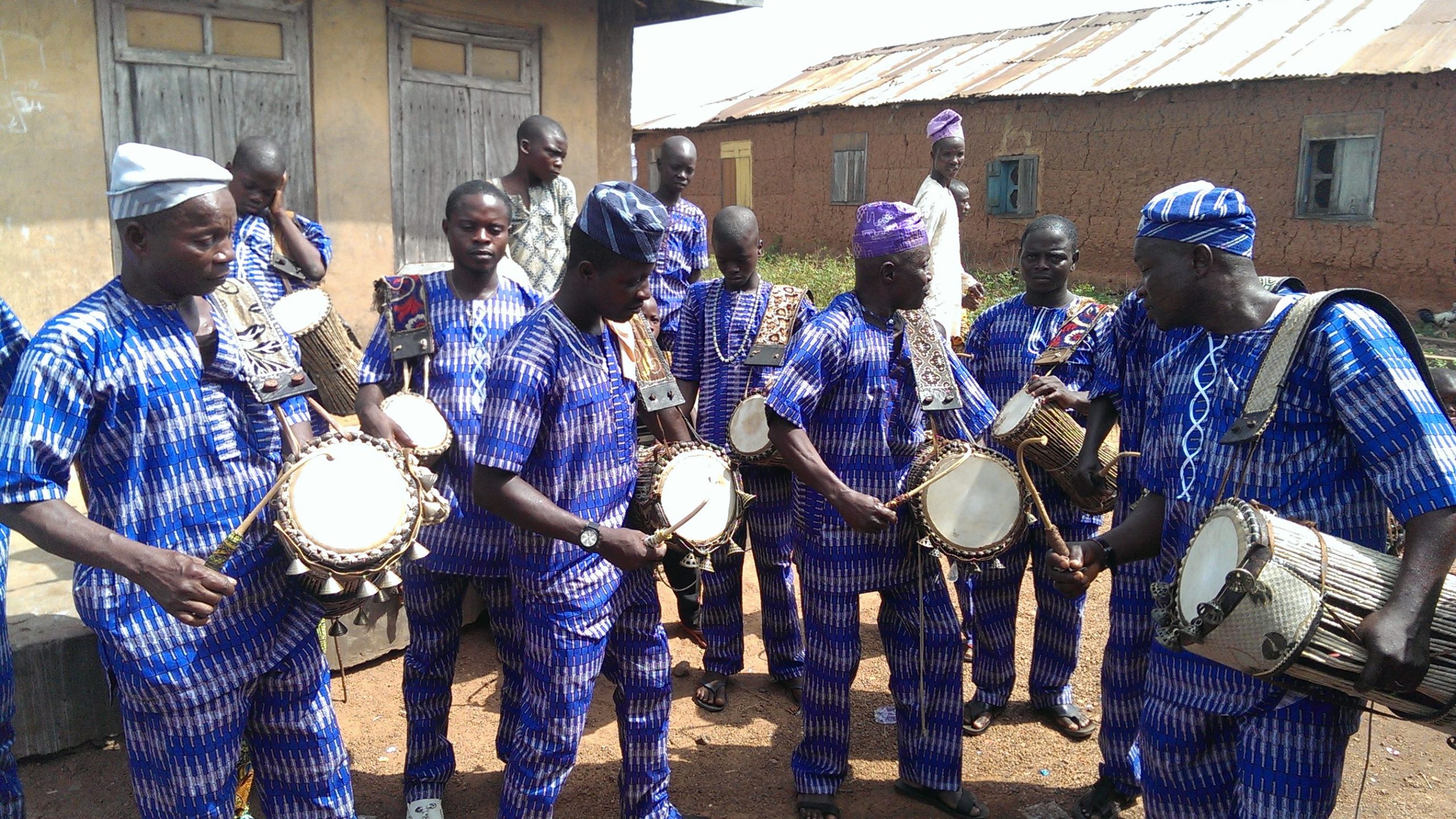In the previous article, we discussed the different types of talking drums in an ensemble. Some of these were differentiated by their sizes and others by a range of sounds.
Read more about Discover Nigeria
It is this range of sound that forms how actually, the drums speak, in addition to the different techniques engaged in the playing. This article seeks to furnish you with some of the ‘speech’ techniques of the talking drum.
The Life Of The Party
The ‘life of the party’, as the talking drum is known is a very important instrument not just in musical styles like Fuji and Juju music, but also in other aspects where it plays complementary roles. Some of these include literary forms, such as proverbs, panegyrics, historical poems, dirges and some forms of poetry. It is also used as a song accompaniment and as an aid in telling stories and fables that portray important life lessons and guidance.
From time immemorial, and has survived many generations and attempts to be ‘muted’ by colonialists at some point, it is known that the talking drum was and is used to convey messages across villages as well as communicate emotions. In addition to that, increases the tempo of any song, notify the arrival of a guest, communicate and emotion amongst so many other communicative processes.
Sign up to the Connect Nigeria daily newsletter
The Speech And Language Of The Talking Drum
To understand how the Talking Drum speaks, we must have some understanding of the language that it talks in. Yorùbá is a tonal language, with words having multiple meanings depending on the pitch at which they are spoken – high, medium or low. But this is like so many African languages which are tonal too. In more specific terms, the Yoruba language is tri-tonic, consisting of the tonic sol-fa notes, do, re, mi. therefore, different inflexions of these are used to convey different messages. Using low tones for males and higher tones for females, the drummer communicates through phrases and pauses, which can travel upwards of 4 to 5 miles.
This was effective in relaying important information across villages and communities and in a very quick manner that could be carried by a person riding a horse. For example, the dundun drum has a pitch range that can stretch more than two musical octaves whilst also matching the melodic capacities of other instruments. This means that in the hands of a skilled drummer, it can produce all of the possible microtones of the Yorùbá language.
However, just as Yorùbá speakers must be careful to get the precise tone right, it takes a high level of expertise to manipulate both the drum stick and the tension of the leather straps, in order to create the correct tones and glides and avoid misunderstandings.
The drum’s distinctive hourglass shape helps in forming the drums ‘vocal range’. When the waist of the drum is squeezed, the drumhead is tightened, producing a higher note than when it is in a relaxed state. The pitch of the drum can be changed during a single beat, thereby, capturing the pitch, volume and rhythm of the human speech.
Sources:
Iheanyiigboko.wordpress
Refined NG
Iiste
Featured Image Source: Frontiers Blog
Got a suggestion? Contact us: [email protected]


